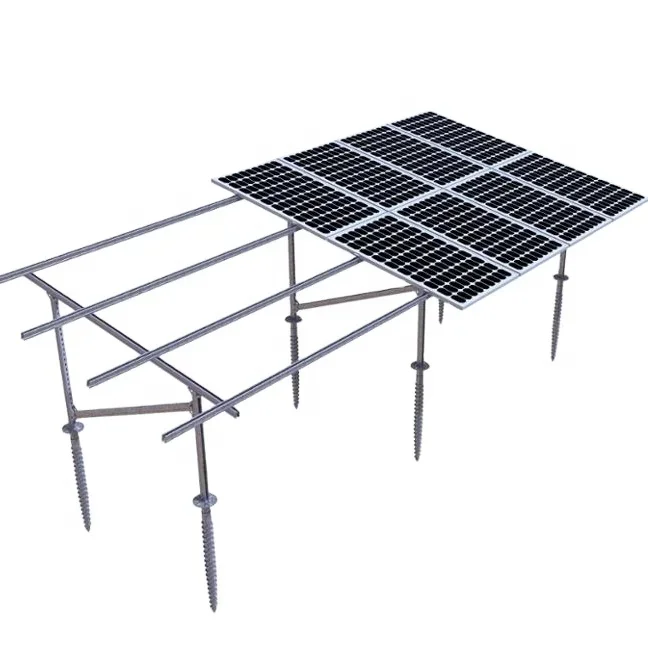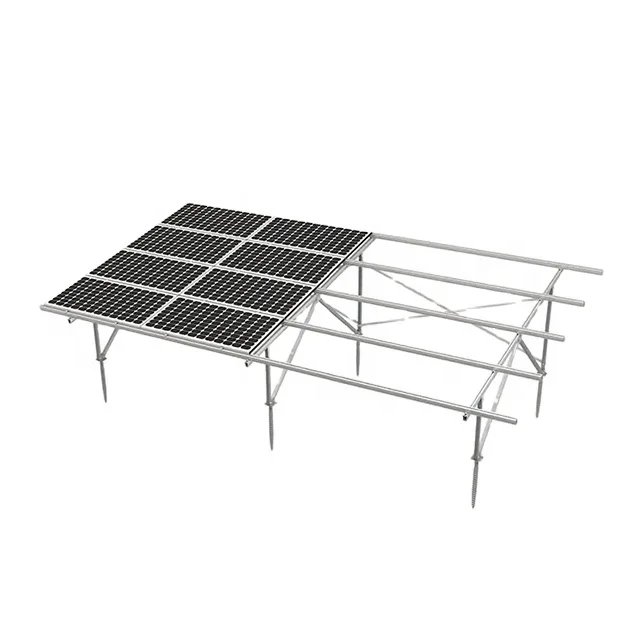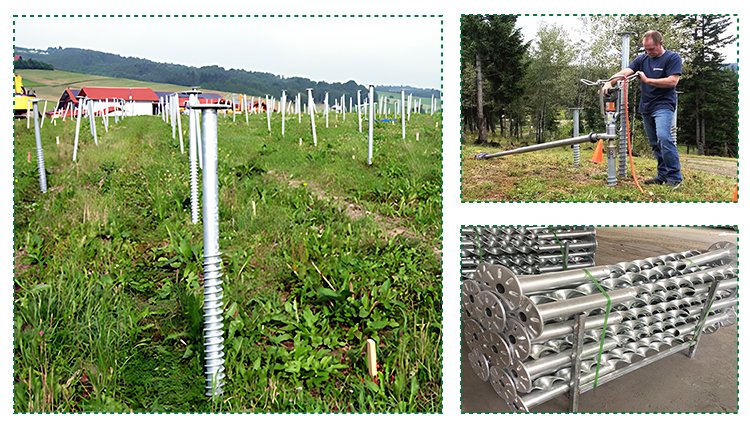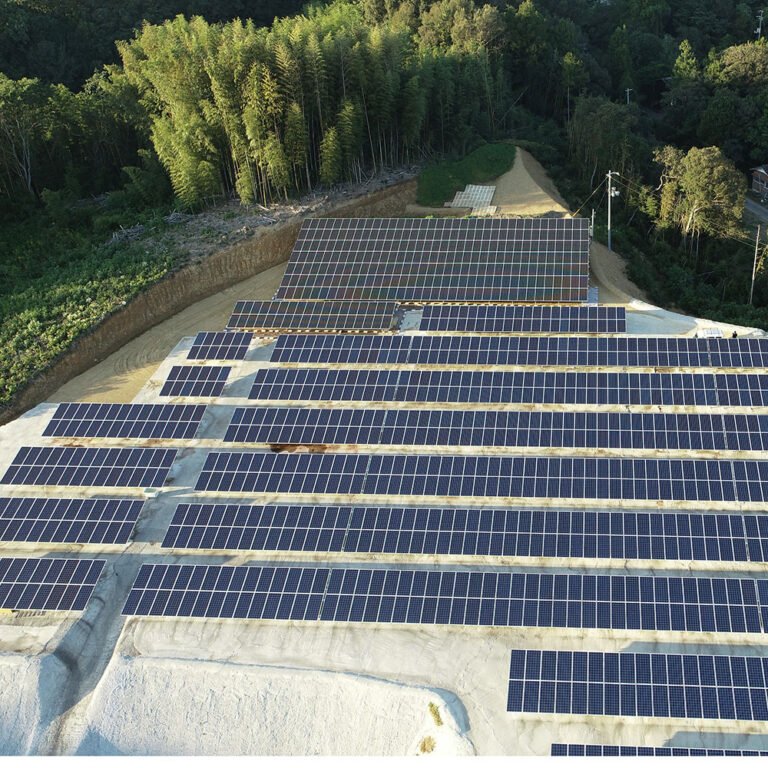-
2103 Room NO.322 Xinggang One Road, Haicang District, Xiamen Fujian, Chiny

Lifespan of Solar Power Systems: Causes of Degradation and How to Extend It
Table of Contents
Introduction
Hello! I’m Horiguchi from Earthcom, supporting your solar investment journey.
Installing a solar power system requires a significant initial investment, making the lifespan of the equipment a crucial concern. In this article, we’ll explore how long solar power equipment can realistically last, how degradation impacts power generation, and methods to extend the lifespan of your system. Let’s dive in!

Table of Contents
- Solar Equipment Lifespan
- What Happens When Solar Equipment Degrades?
- How to Extend Solar Equipment Lifespan
- Conclusion
Solar Equipment Lifespan
Solar power systems mainly consist of two critical components:
- Solar panels
- Power conditioners (inverters)
Let’s look at their expected service life.
Solar Panel Lifespan
Solar panels generally have a lifespan of 20 to 30 years.
Although the solar industry is relatively young and long-term data is still accumulating, most manufacturers provide a 25-year output warranty, which suggests confidence in their durability. Impressively, some panels installed in the 1980s in Japan still operate after nearly 40 years, hinting that modern panels could last even longer.
For more about durable ground mounting options for long-term solar installations, check out Naziemny system montażu paneli słonecznych.

Inverter (Power Conditioner) Lifespan
Inverters, which convert solar DC electricity into AC power for household use, have a shorter lifespan of about 10 to 15 years.
Because they have many moving parts, they are similar to home appliances like refrigerators or washing machines. Fortunately, newer models offer improved performance and reliability. Replacing an old inverter can even enhance your system’s overall efficiency.
Industrial-grade inverters typically cost around $2,000–$3,000 per unit, though prices are trending downward.
Legal Useful Life
From a tax and accounting perspective, solar equipment’s legal useful life is defined as 17 years.
However, if the equipment is installed specifically for automobile manufacturing facilities, the classification changes, and the useful life becomes 9 years.
What Happens When Solar Equipment Degrades?
Degradation mainly impacts power output.
Research shows that solar panels lose about 0.25% to 0.5% of their generating capacity per year.
Factors causing degradation include:
Solar Panels
- Physical damage from flying debris
- Cable wear (corrosion, disconnection)
- Dirt accumulation (e.g., yellow sand, bird droppings)
One major issue is “hot spots” where part of the panel overheats, causing further damage and even fire risks.
Inverters
- Natural aging
- Blocked ventilation filters
- Water intrusion
Learn more about high-durability solar accessories that can support longevity in harsh environments: Akcesoria do montażu paneli słonecznych.

How to Extend Solar Equipment Lifespan
Regular Maintenance and Inspection
Since Japan’s 2017 FIT law amendment, periodic inspection and maintenance have become mandatory.
Important tasks include:
- Tightening bolts
- Cleaning panels
- Weeding around the installation
Choosing a Service Provider with Good After-Sales Support
Don’t be tempted by low upfront costs alone. Choose a contractor that offers proper installation, warranty, and ongoing support.
Use Guarantees and Insurance
- Manufacturer’s warranty usually covers at least 10 years and often offers extended options.
- Installation warranty provided by the contractor can cover workmanship issues.
- Disaster insurance is strongly recommended to cover damage from earthquakes, floods, typhoons, and even theft.
Some insurance policies also offer “feed-in tariff income protection” if your system is down.
Monitor Power Output Regularly
Use a remote monitoring system to track power generation. If output drops, it could indicate a malfunction needing immediate attention.
Some modern remote monitoring solutions allow access via smartphones, ensuring quick action anytime, anywhere.
For homes or businesses, systems like the System montażu paneli słonecznych na dachu are ideal for maintaining optimal conditions.
Conclusion
The general rule is:
- Solar panels last 20–30 years
- Inverters last 10–15 years
However, real-world data shows that systems can exceed these estimates if maintained properly. In Japan, some systems have been operational for over 30 years.
Regular maintenance, quick response to abnormalities, solid warranties, and disaster insurance can significantly extend the useful life of your solar system and safeguard your investment.
If you are planning a solar project and need a trusted mounting system, be sure to explore FirstSolar’s solutions.








